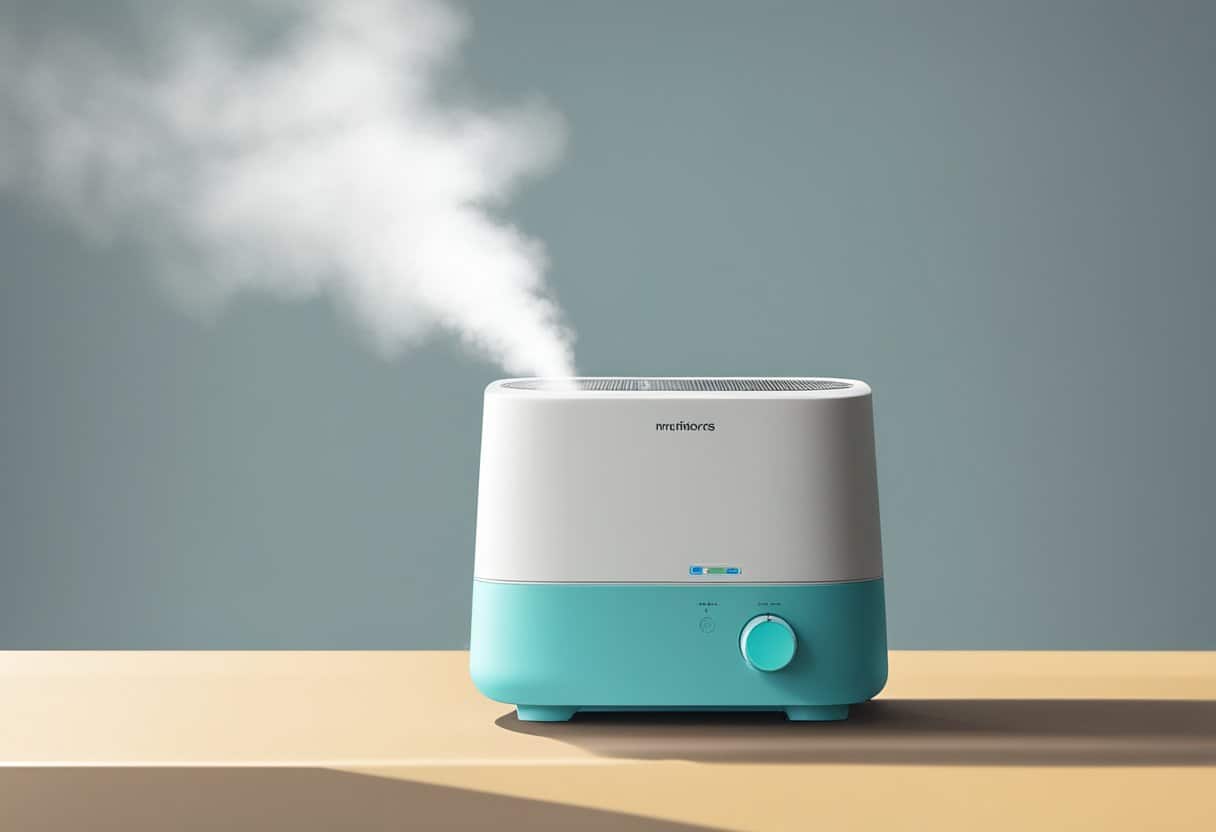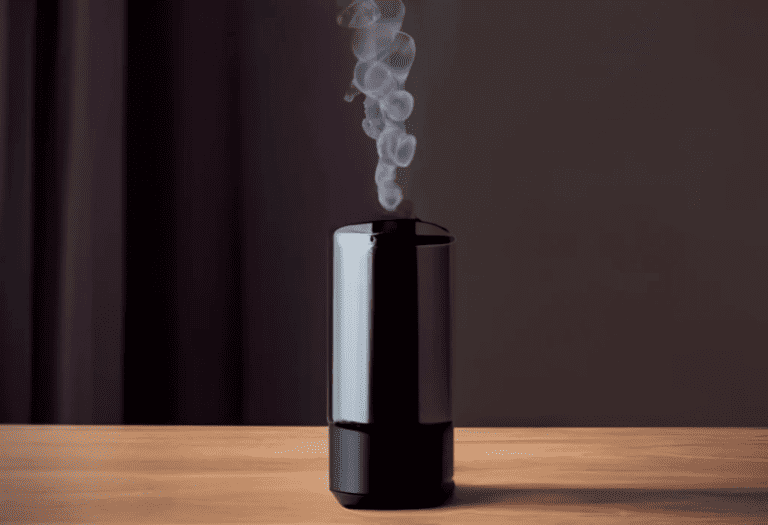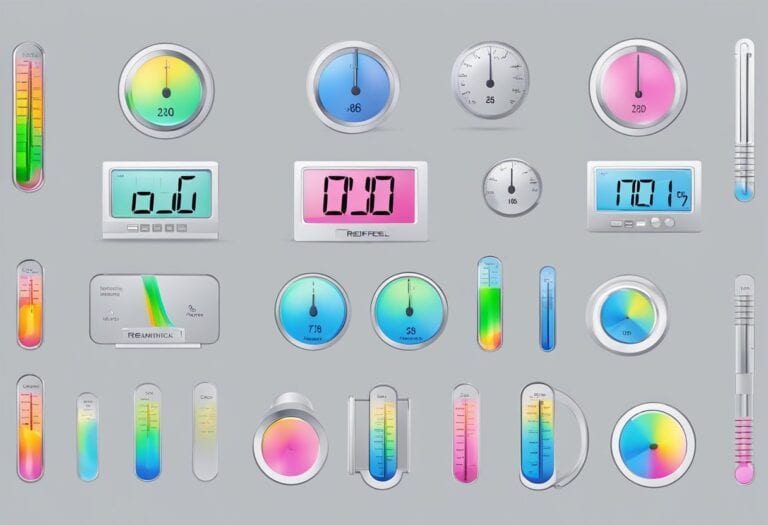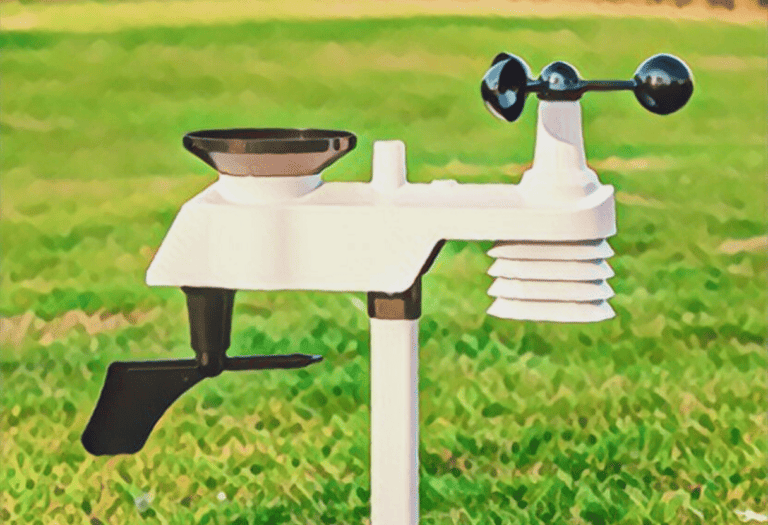Humidifiers are commonly used in homes to maintain a comfortable level of humidity, particularly during drier months.
While they can be a source of relief for dry skin and respiratory discomfort, there is a concern about their potential to foster mold growth. The key to preventing mold lies in understanding the interaction between humidity and spore proliferation. Elevated humidity levels can indeed create an environment conducive to mold growth. As mold spores are almost always present in the air, they only require moisture, a nutrient source, and the right temperature to begin growing.
Regular maintenance and cleaning of humidifiers are essential in inhibiting mold development. Without proper care, humidifiers can become reservoirs for bacteria and mold. It is important to follow the manufacturer’s instructions for cleaning and to use distilled or demineralized water to minimize the dispersal of potentially irritating minerals and microbial contents into the air. Additionally, monitoring indoor humidity levels and ensuring they are kept within an appropriate range—typically between 30% and 50%—can further help mitigate the risk of mold in your home.
The presence of mold in an indoor environment can have health implications, especially for individuals with allergies or compromised immune systems. Symptoms of mold exposure can range from nasal stuffiness and throat irritation to coughing and skin rashes.
Therefore, it is crucial to be vigilant about the use of humidifiers and aware of signs that may indicate mold issues in your living space.
Yes, a humidifier can cause mold if it raises indoor humidity levels above 60%, creating a conducive environment for mold spores to grow. Regular cleaning and maintaining proper humidity levels (30-50%) are crucial to prevent mold development associated with humidifier use.
Understanding Humidity and Mold
When discussing the conditions that promote the growth of mold in your home, understanding the role of humidity is crucial. Moisture levels directly influence mold spores’ ability to become active and proliferate.
Effects of High Humidity on Mold Growth
High humidity levels create an environment where mold spores thrive. Your home’s relative humidity should ideally remain below 60% to discourage mold growth. When the relative humidity climbs higher, it provides the moisture that mold spores need to grow into active mold. Even without visible water leaks or spills, a consistently high humidity level alone can be sufficient for mold to develop, especially during the winter when homes are often more sealed from the outside air.
The Relationship Between Humidifiers and Indoor Air Quality
Humidifiers can improve your comfort during the dry winter months by adding moisture to the air. However, improper usage of humidifiers can elevate indoor humidity levels to the point where mold spores activate. It’s important to maintain your humidifier properly and monitor indoor humidity levels to ensure that they do not promote mold growth. Maintaining indoor air quality is a careful balance; too much humidity can be as problematic as too little, especially when it comes to fostering mold spores.
Maintenance and Cleaning of Humidifiers
Properly maintaining and cleaning your humidifier is essential to prevent the growth of mold and ensure the device operates efficiently. Regular maintenance helps to eliminate mineral buildup and bacteria.
Proper Cleaning Techniques
Step 1: Disassemble your humidifier. It’s important to carefully remove the water tank and any detachable parts. Make sure the unit is unplugged before starting.
Step 2: Empty all remaining water from the tank. Stagnant water is a breeding ground for bacteria and mold.
Step 3: Clean the tank and any other washable parts with a cleaning solution. A mix of one part distilled white vinegar to one part water is effective for removing mineral deposits. For disinfecting, you can use a solution of one teaspoon of bleach or three percent hydrogen peroxide to one gallon of water. Never mix vinegar with bleach.
Step 4: Scrub the tank and other parts with a soft brush or sponge to remove any residue or buildup.
Step 5: Rinse thoroughly with water to ensure that no cleaning solution remains. Leftover bleach or vinegar can be harmful if nebulized into the air.
Step 6: Wipe the exterior with a damp cloth.
Step 7: Dry all parts completely before reassembling. Moist environments allow mold and bacteria to flourish, so ensuring everything is dry is imperative.
Step 8: Replace or clean filters according to the manufacturer’s instructions. Some filters can be cleaned, while others must be replaced. Regular maintenance of filters is necessary for a clean mist and efficient operation.
Preventing Mold in Humidifiers
-
Use distilled water: Tap water may contain minerals that can deposit in your humidifier and promote bacterial growth. Using distilled water reduces mineral buildup.
-
Regular cleaning: Clean your humidifier every 1-3 days to hinder mold growth.
-
Dry thoroughly: Always empty the tank and dry all components after each use.
-
Change filters: Replace humidifier filters as recommended by the manufacturer.
By adhering to these guidelines, you can greatly reduce the risk of mold in your humidifier and maintain a healthy home environment.
Health Implications of Mold Exposure
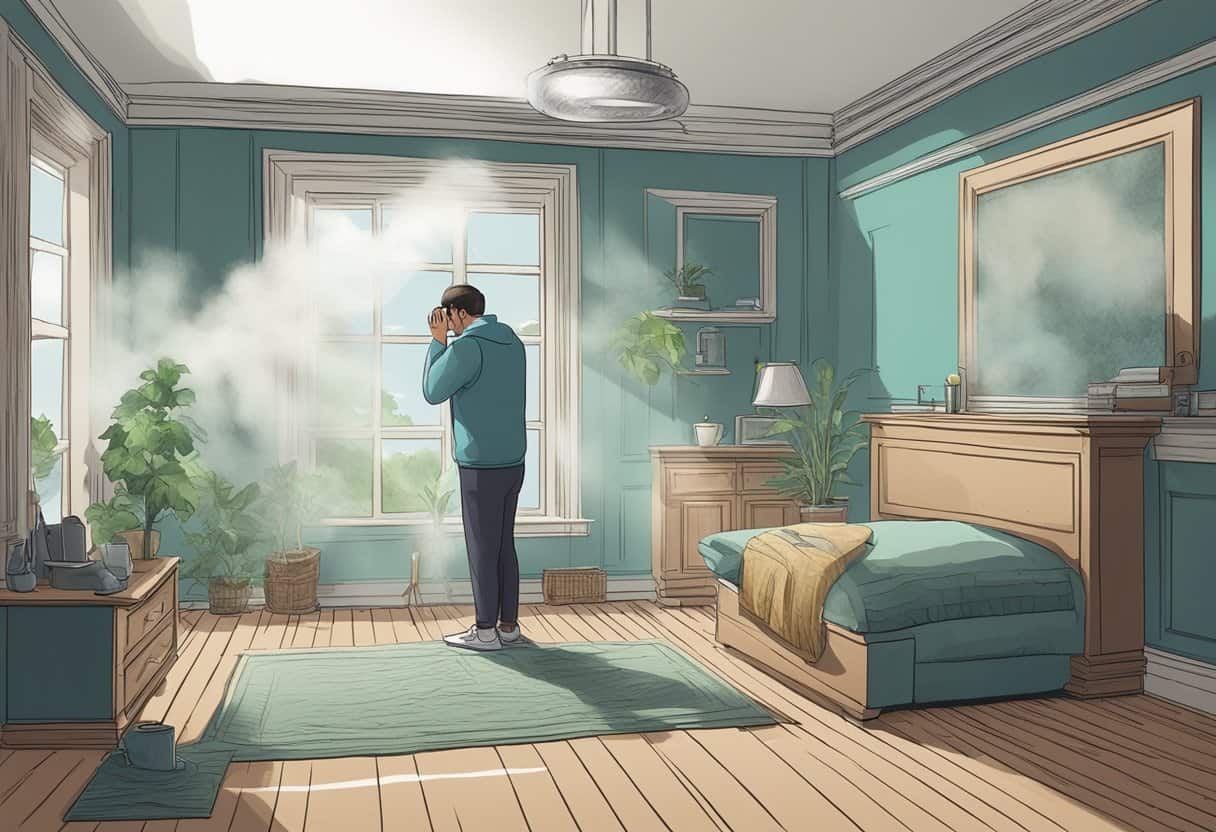
Exposure to mold in your home can lead to several health issues, particularly affecting respiratory health and triggering allergic reactions. Understanding the risks and preventative measures is key to maintaining good air quality and protecting your health.
Respiratory Issues and Allergic Reactions
Mold exposure can cause a range of respiratory problems. If mold spores enter your airways, they can lead to asthma attacks, respiratory infections, and chronic conditions such as hypersensitivity pneumonitis. People with allergies may experience immediate allergic reactions that include sneezing, red eyes, a runny nose, or skin rash. Prolonged exposure in high humidity levels can exacerbate these symptoms or lead to more serious health issues.
- Common symptoms caused by mold exposure:
- Coughing
- Wheezing
- Difficulty breathing
- Asthma exacerbation
Sustained contact with moldy environments may also contribute to the development of asthma in some individuals, particularly if they have a genetic predisposition to this condition or other allergies.
Preventing Health Hazards in the Home
To prevent mold-related health hazards in your home, it’s important to maintain optimal humidity levels and ensure proper ventilation. Mold thrives in moist environments, so using dehumidifiers and ensuring your living spaces are well-ventilated can help control mold growth. Regularly cleaning and maintaining air conditioning systems and humidifiers can also prevent the buildup of mold and bacteria. Here are some actionable steps to enhance air quality and reduce health hazards:
- Keep indoor humidity levels below 50%.
- Use exhaust fans in kitchens and bathrooms.
- Clean, dry, or replace water-damaged carpets and upholstery promptly.
- Regularly inspect and clean HVAC systems and humidifiers.
- Increase ventilation by opening windows or using air purifiers, especially in rooms with higher moisture levels.
By keeping your indoor spaces dry and well-ventilated, you can reduce mold growth and protect your health from the adverse effects related to mold exposure.
Frequently Asked Questions
Understanding the link between humidifiers and mold growth is crucial for maintaining a healthy home environment. These FAQs provide targeted information on how to manage and prevent mold issues related to humidifier use.
How can a humidifier contribute to mold growth in a home?
A humidifier adds moisture to the air, which can create an environment favorable for mold growth if the humidity levels become too high, particularly above 60%. Proper humidity levels should be maintained to avoid this risk.
What are the signs that a humidifier is causing mold issues?
Indicators include a musty odor, visible mold growth around the humidifier or in areas with high humidity, and increased allergy symptoms. Persistent condensation on windows can also signal excessive humidity from a humidifier.
How does a cool mist humidifier differ in its potential to cause mold compared to other types?
Cool mist humidifiers can disperse more moisture into the air than some other types, potentially increasing the risk of mold if not carefully monitored. The standing water in these devices can also become a breeding ground for mold if not cleaned regularly.
What steps can be taken to prevent a humidifier from causing mold?
To prevent mold, clean your humidifier regularly, refill it with fresh water daily, and use a hygrometer to monitor humidity levels in your home, aiming to keep them between 30-50%.
Can sleeping with a humidifier on lead to mold problems in the bedroom?
Leaving a humidifier running all night increases moisture in the bedroom, which could lead to mold issues if the room is poorly ventilated or if the humidifier is not regularly cleaned and maintained.
Are there health risks associated with mold developing from humidifier use?
Mold exposure from a contaminated humidifier can pose health risks, including allergies and respiratory issues, with some molds being more harmful than others. It has been linked to hypersensitivity pneumonitis and other allergic reactions.

